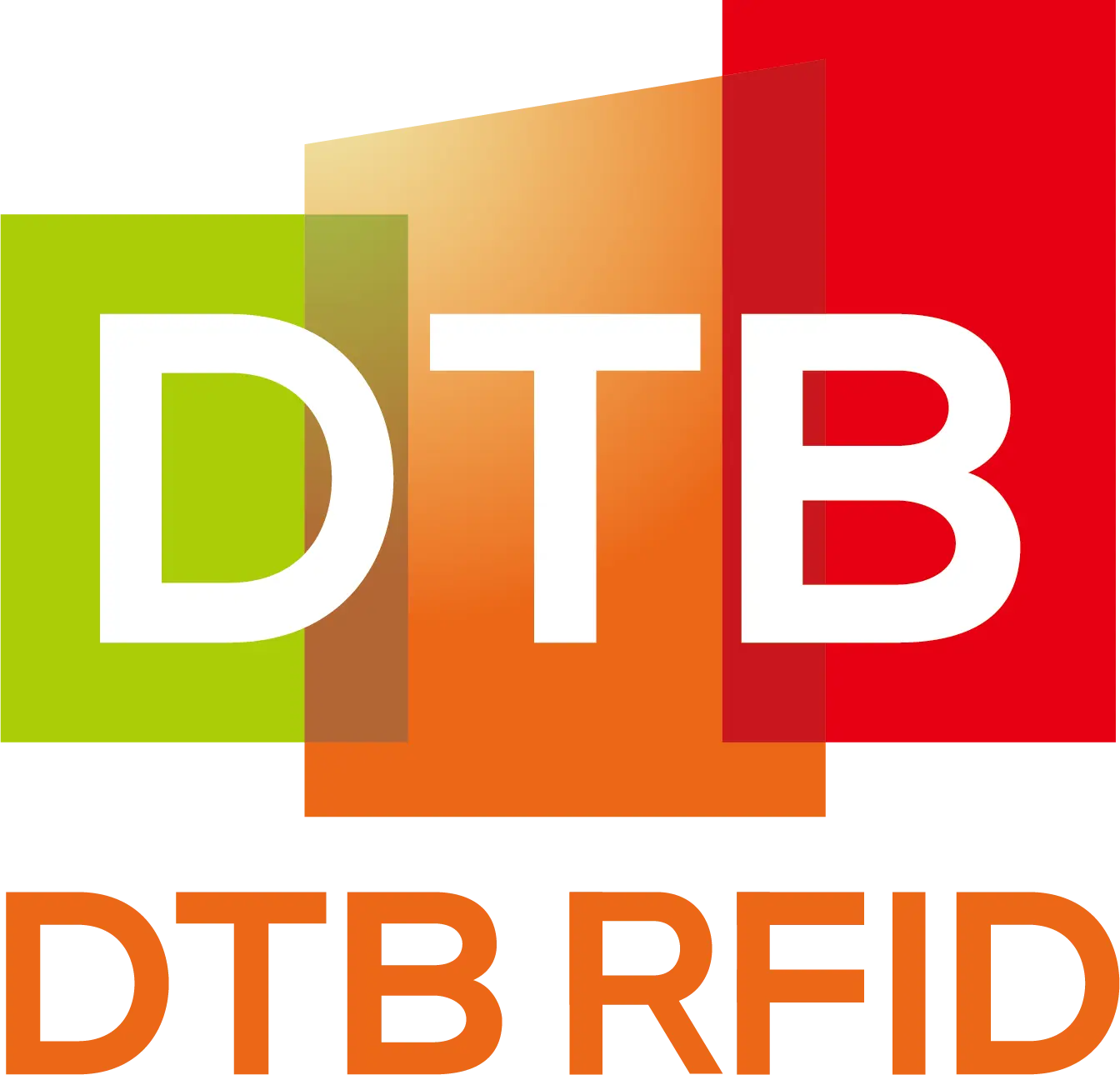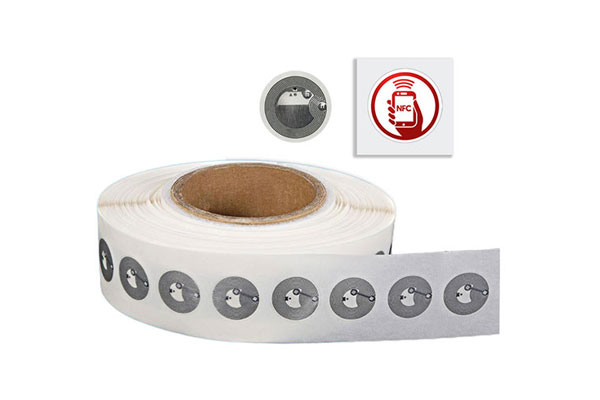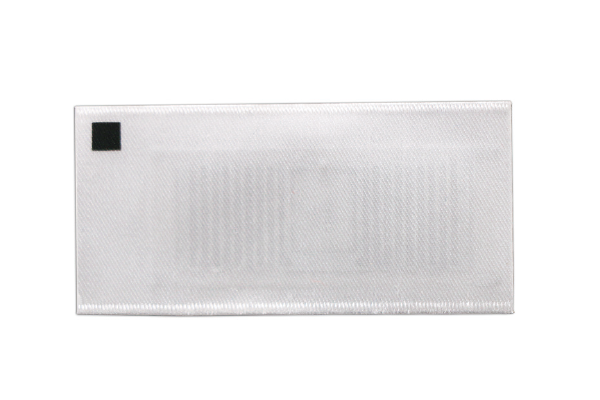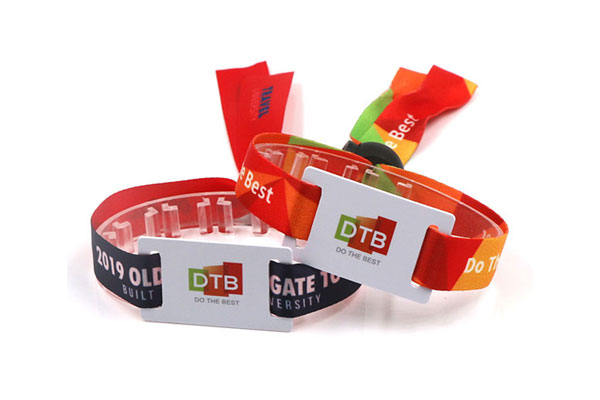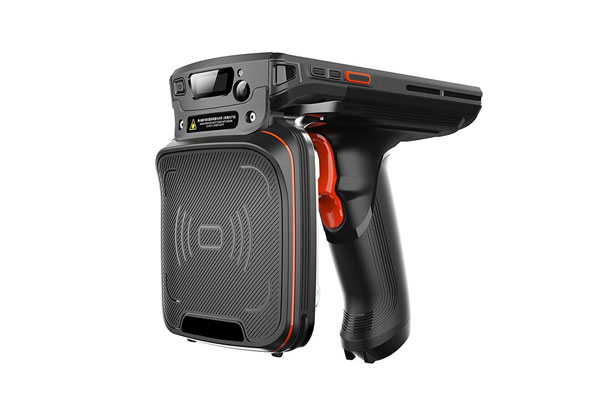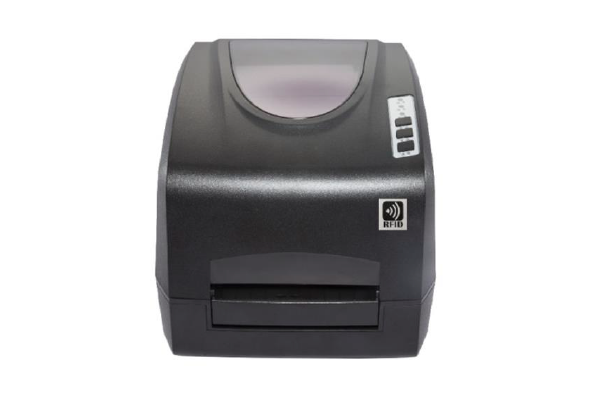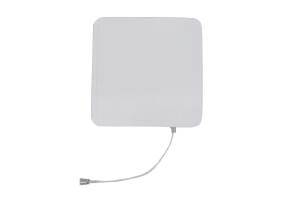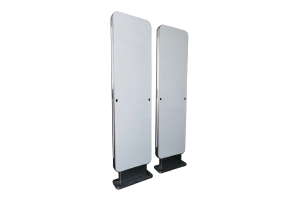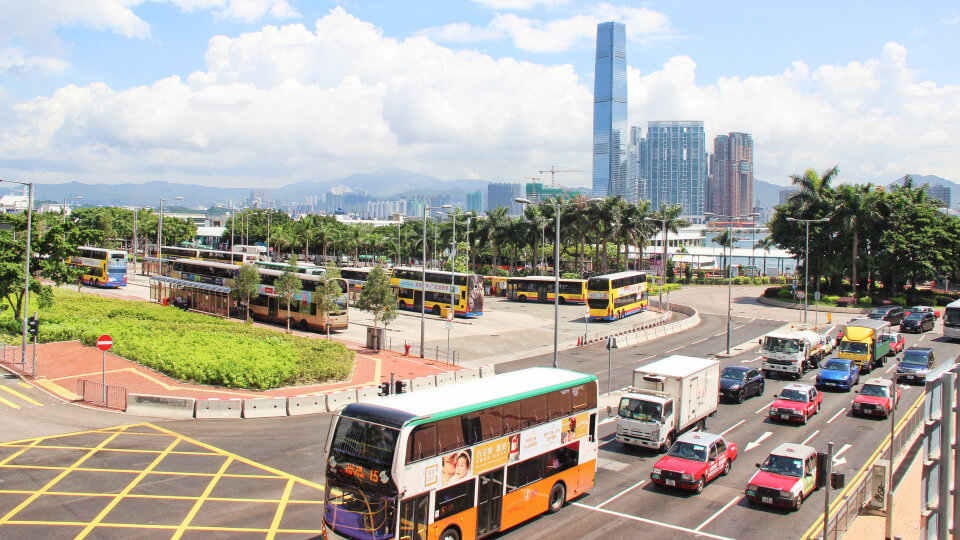RFID technology is progressively transforming various aspects of urban transportation, offering innovative solutions for public transportation, smart parking, shared bicycles and cars, as well as freight vehicle management. This article delves into the application, benefits, and implementation of RFID in these domains.
Public Transportation
In public transportation systems, RFID tags are commonly embedded in transit cards or mobile devices, allowing passengers to make payments by tapping or scanning. RFID readers are installed at entry points, ticket gates, or within vehicles to quickly identify and process passenger information.
For instance, the Delhi Metro provides passengers with smart travel passes (metro cards). Passengers are required to tap their cards at the gate panels both when entering and exiting. Upon exit, the gate panel automatically deducts the fare based on the number of stations traveled.
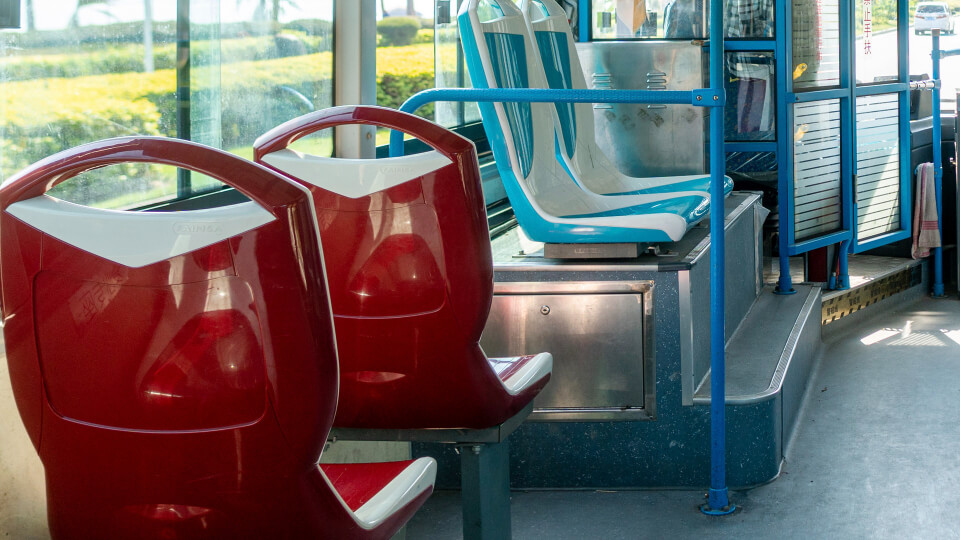
Convenient and Efficient Transit Experience
RFID technology reduces the time passengers spend queuing for tickets, thereby enhancing the operational efficiency of the transportation system. Additionally, RFID systems can track the real-time status of vehicles, including their current location, routes, and schedules, providing passengers with accurate arrival information.
Moreover, RFID enables transit operators to collect big data, analyze passenger flow and travel patterns, and optimize routes and resource allocation accordingly.
How It Works
In practice, transit cards typically use high-frequency (HF) RFID tags operating at 13.56 MHz. These tags have a short read range (usually a few centimeters to one meter), making them ideal for short-distance payments and identification.
RFID readers are installed at the entrances of public transport vehicles, such as subways and buses. Passengers only need to bring their transit cards or mobile devices close to the reader to complete the payment.
Modern public transportation systems may also integrate RFID data with cloud-based systems through mobile internet, enabling features like trip records, balance inquiries, and automatic top-ups.
Smart Parking
Smart parking systems leverage RFID technology to significantly simplify parking management, making parking more intelligent and convenient. RFID tags can be affixed to vehicle windshields, with RFID readers installed at the entrances and exits of parking lots to facilitate seamless vehicle identification and entry.
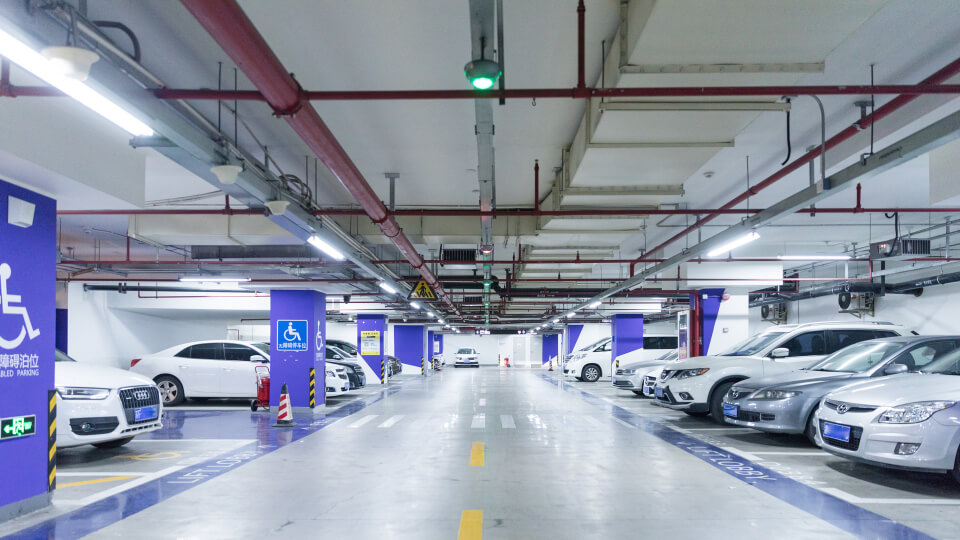
Enhanced Operational Efficiency of Parking Lots
When a vehicle enters a parking lot, the RFID reader automatically identifies the driver’s information and records the entry time, eliminating the need for manual intervention. This not only saves time but also reduces labor costs. Upon exiting, the system calculates the parking fee based on the duration of the stay and deducts it via a pre-linked payment method.
Furthermore, RFID helps drivers quickly locate parking spots, especially in large parking facilities. The system can guide drivers to the nearest available space or allow them to reserve a spot in advance, saving time otherwise spent searching for parking.
RFID Smart Parking Technology
RFID tags in smart parking systems typically use ultra-high frequency (UHF) technology, operating at 860-960 MHz. These tags have a long read range (usually several meters to tens of meters), enabling quick identification as vehicles pass through the entrance.
At parking lot entrances and exits, RFID readers and antennas are installed to automatically read vehicle information as they pass by and transmit the data to a backend server for parking management.
Additionally, the parking management system can be connected to a mobile app, allowing users to view parking records, make payments, and locate their vehicles through the app.
Shared Bicycles and Cars
The rise of the sharing economy has made shared bicycles and cars an important supplement to urban mobility. RFID technology enhances the user experience for these shared vehicles while also improving the management efficiency for operators.
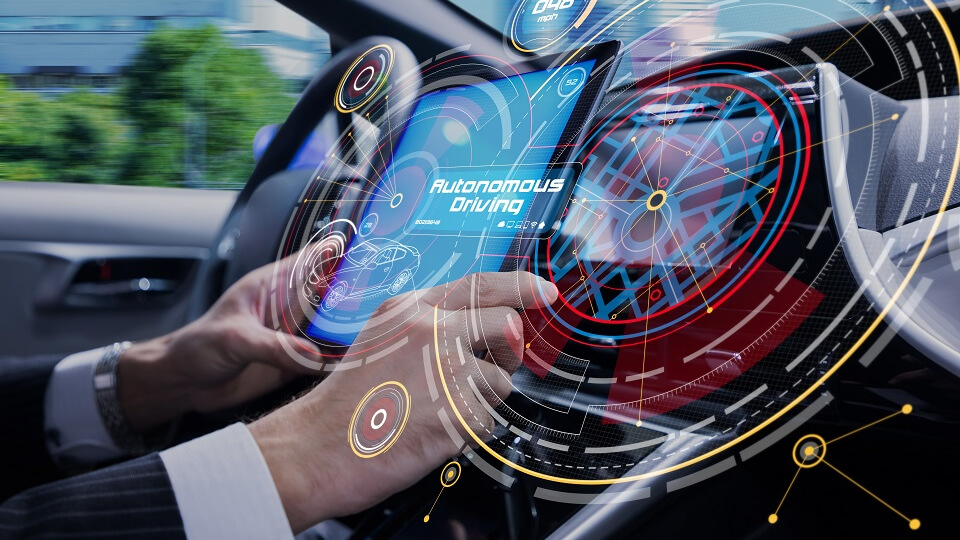
Identity Verification, Vehicle Tracking, and Theft Prevention
When using shared bicycles or cars, users can scan the RFID tags on the vehicles with a mobile app to verify their identity and unlock the vehicle.
Operators, on the other hand, use RFID systems to monitor the location and usage status of vehicles in real-time, preventing theft or unauthorized movement. RFID also assists operators in vehicle maintenance management, such as routine inspections, fault reporting, and battery replacement.
RFID Tags on Shared Vehicles
RFID tags on shared transportation vehicles typically use low-frequency (LF) or high-frequency (HF) technology. LF tags operate at 125-134 kHz, while HF tags operate at 13.56 MHz. Shared bicycle locks or frames are often embedded with RFID tags. When a user scans the tag with a mobile app, the information is uploaded to the backend system, which verifies the identity and sends an unlock command.
Shared car keys or doors may also contain RFID tags for identity verification and unlocking. Additionally, the vehicle itself may be equipped with GPS devices, allowing for precise tracking and monitoring when combined with RFID technology.
Freight Vehicles
RFID technology plays a crucial role in managing freight vehicles, particularly in urban logistics and supply chain management. By utilizing RFID, precise tracking and management of freight vehicles and goods can be achieved, thereby increasing logistical efficiency and reducing operational costs.

Automatic Identification, Route Tracking, and Cargo Management
By installing RFID tags on freight vehicles, logistics companies can monitor the real-time location and transport status of vehicles, ensuring timely delivery of goods. The RFID system can also automatically record the time of entry and exit, routes, and stops, helping managers optimize transport routes and schedules.
For cargo management, RFID tags can be attached to each item, enabling automatic scanning and categorization, which reduces human errors and improves logistics efficiency.
Implementation Method
Freight vehicle management systems generally use ultra-high frequency (UHF) RFID technology, known for its long read range and strong penetration, making it suitable for long-distance identification and multi-tag reading.
RFID tags are installed on the body or license plate of freight vehicles, and RFID readers are set up at the entrances and exits of logistics centers or along monitoring points. When a vehicle passes by, the system automatically reads the vehicle information and uploads it to the management platform.
For cargo management, RFID tags can be affixed to the packaging of goods, and RFID readers in warehouses or loading stations can automatically scan all items and record them, greatly enhancing the automation of logistics operations.
Conclusion
RFID technology is revolutionizing every corner of urban transportation. As technology continues to develop and its applications deepen, the future of urban transportation will become increasingly intelligent and sustainable.
